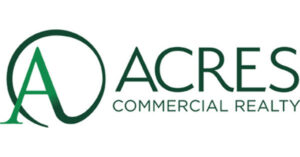- Whirlpool Corporation (NYSE:WHR) is set to release its quarterly earnings with an estimated EPS of $1.75 and projected revenue of $3.67 billion.
- The company faces challenges due to global demand softness, with an expected revenue decrease of 18.1% from the previous year.
- Despite a tough economic climate, Whirlpool has previously outperformed expectations, indicating potential resilience.
Whirlpool Corporation (NYSE:WHR), a leading global manufacturer of home appliances, is known for its wide range of products including refrigerators, washing machines, and ovens. Competing with giants like Electrolux and LG, Whirlpool is a major player in the appliance industry. On April 23, 2025, WHR is set to release its quarterly earnings, with Wall Street estimating an earnings per share (EPS) of $1.75 and projected revenue of approximately $3.67 billion.
The upcoming earnings release comes amid a challenging macroeconomic environment. Analysts expect Whirlpool to face difficulties due to global demand softness and an unfavorable price/mix. The Zacks Consensus Estimate for first-quarter revenues is $3.68 billion, marking an 18.1% decrease from the same quarter last year. Additionally, the consensus estimate for quarterly earnings is $1.73 per share, reflecting a 2.8% decline from the year-ago period.
Despite these challenges, Whirlpool has previously demonstrated resilience. In the last reported quarter, the company delivered an earnings surprise of 4.1%, surpassing the Zacks Consensus Estimate by 7.2%. This indicates that Whirlpool has the potential to outperform expectations, even in a tough economic climate.
The price-to-sales ratio is 0.26, suggesting that investors are paying 26 cents for every dollar of sales. Additionally, the enterprise value to sales ratio is 0.62, reflecting the company’s valuation in relation to its revenue. The enterprise value to operating cash flow ratio is 12.37, indicating how many times the operating cash flow can cover the enterprise value. The debt-to-equity ratio is 2.73, showing that the company has more than twice as much debt as equity. Lastly, the current ratio is 0.72, suggesting potential difficulties in covering short-term liabilities with short-term assets.




